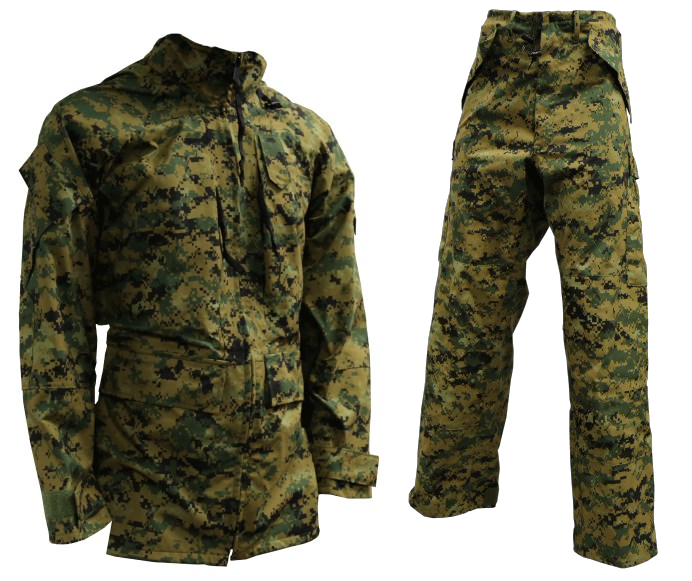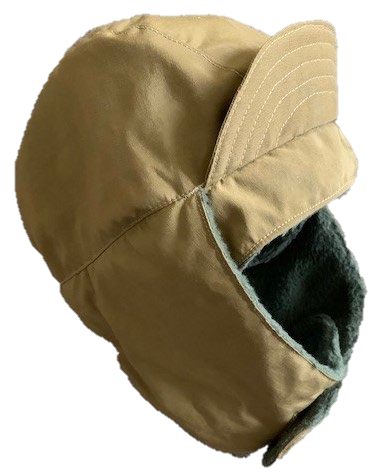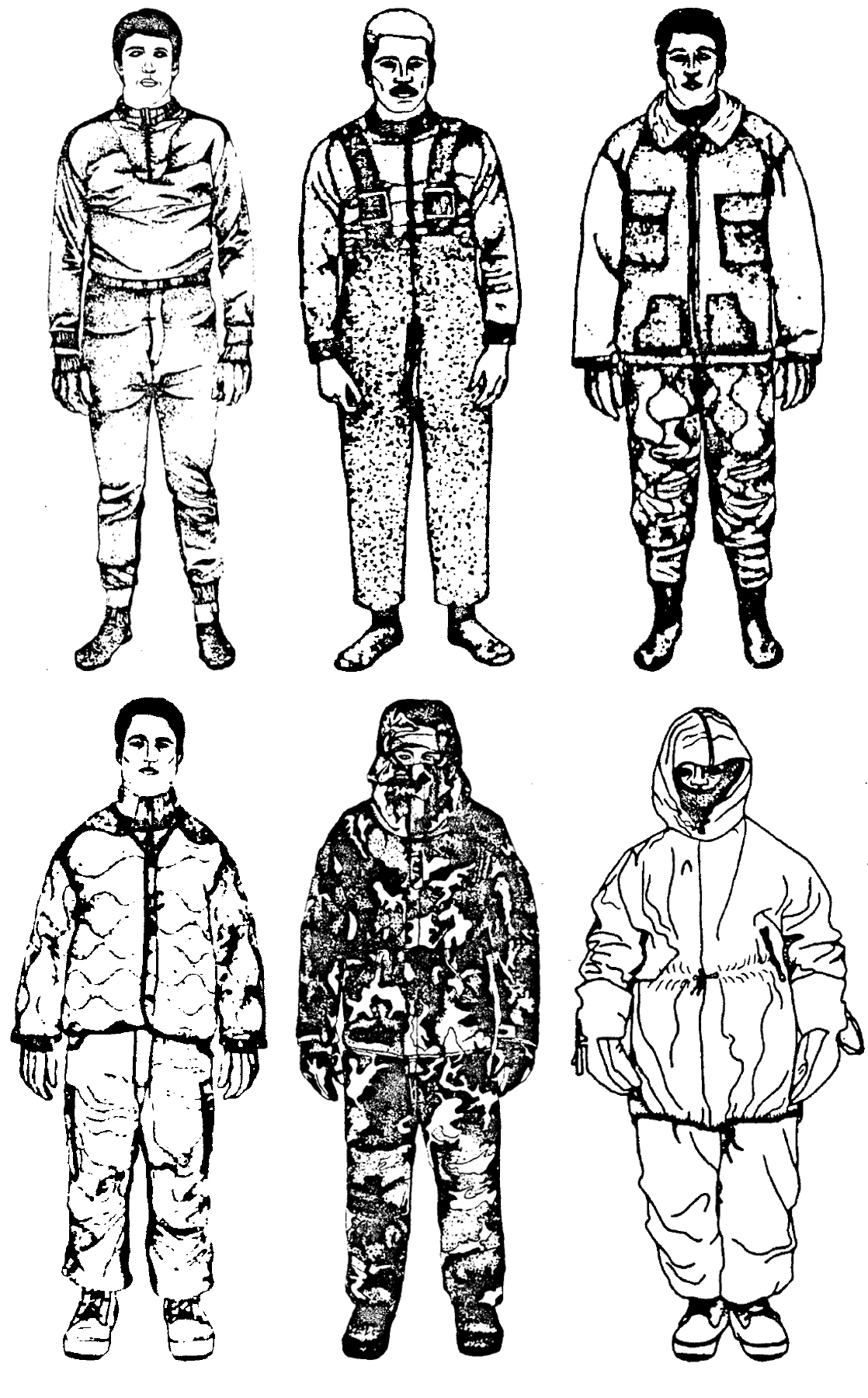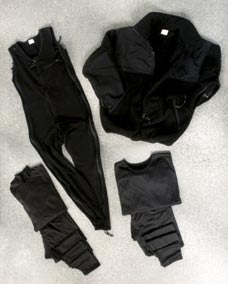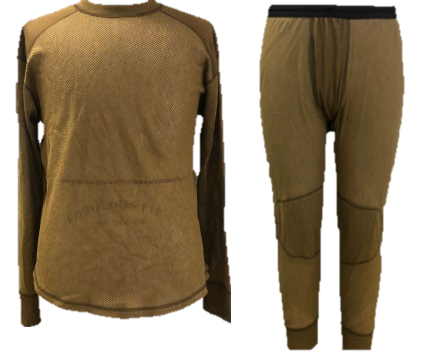
The Improved Entrenching Tool is a lightweight, hand held implement intended for use as a shovel or as a pick to move dirt, sand, gravel, or grass, sever roots, clear brush and pound tent stakes. The Improved E-Tool is capable of operating in all terrestrial extremes (jungle, arctic and temperate environment) in all weather conditions.







